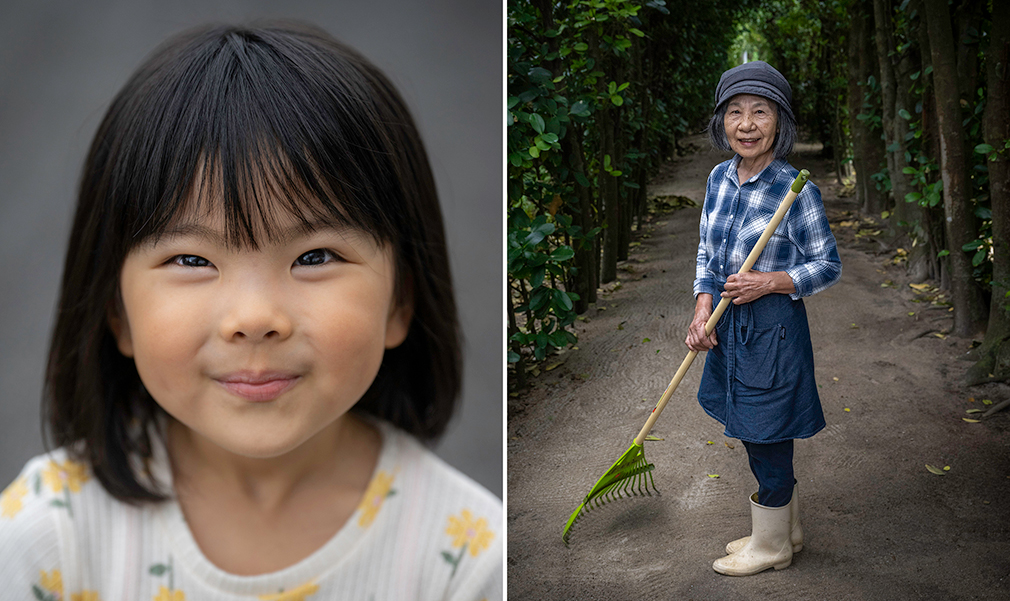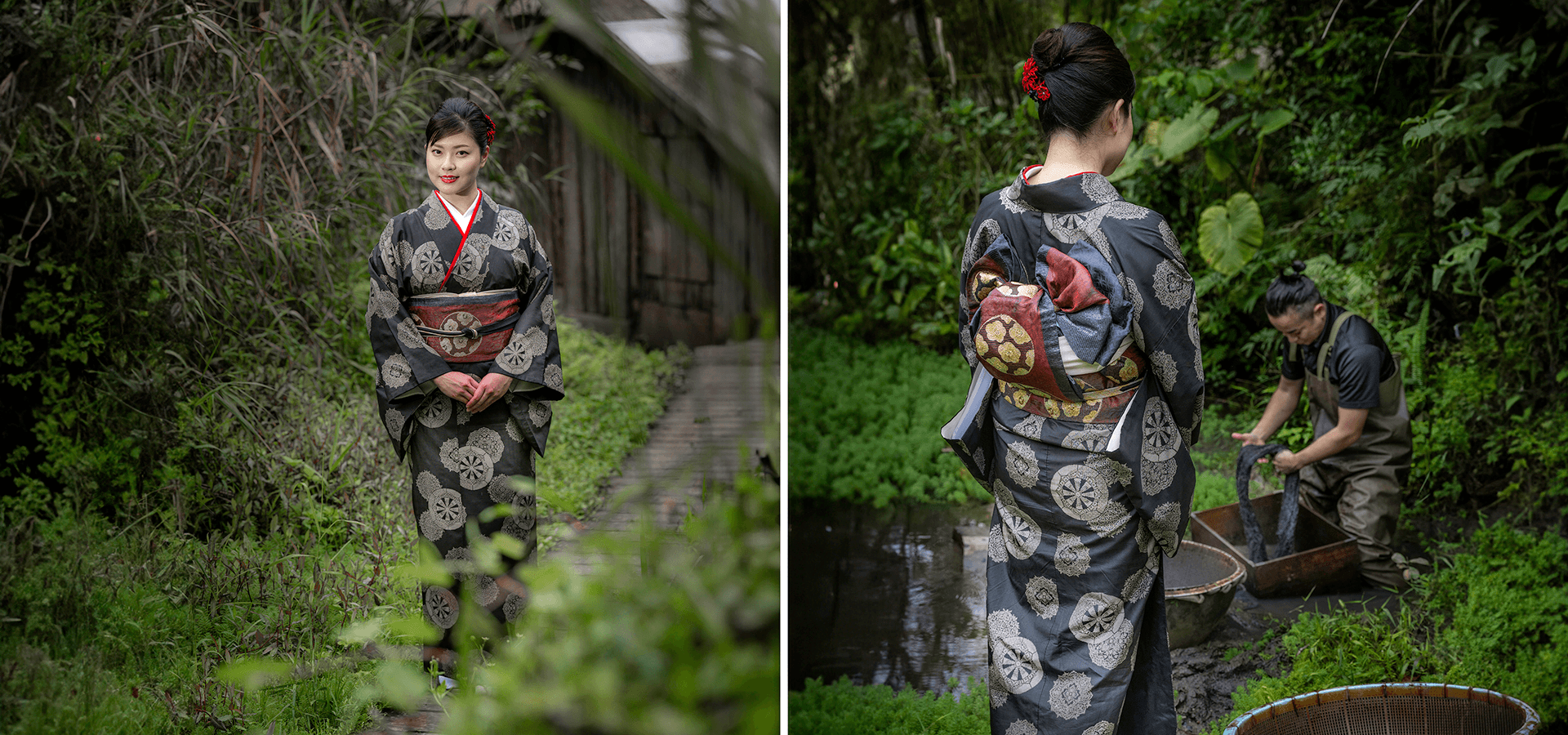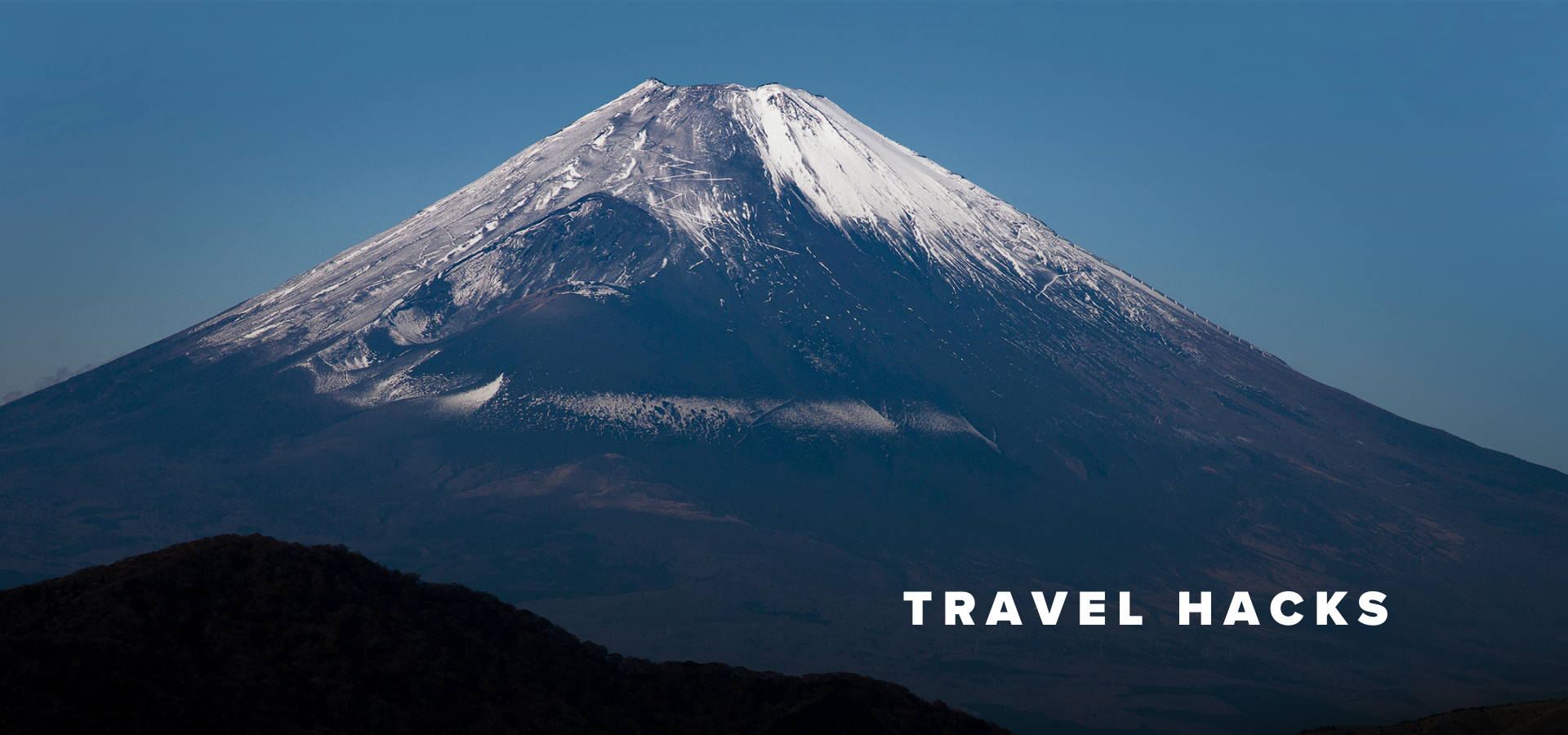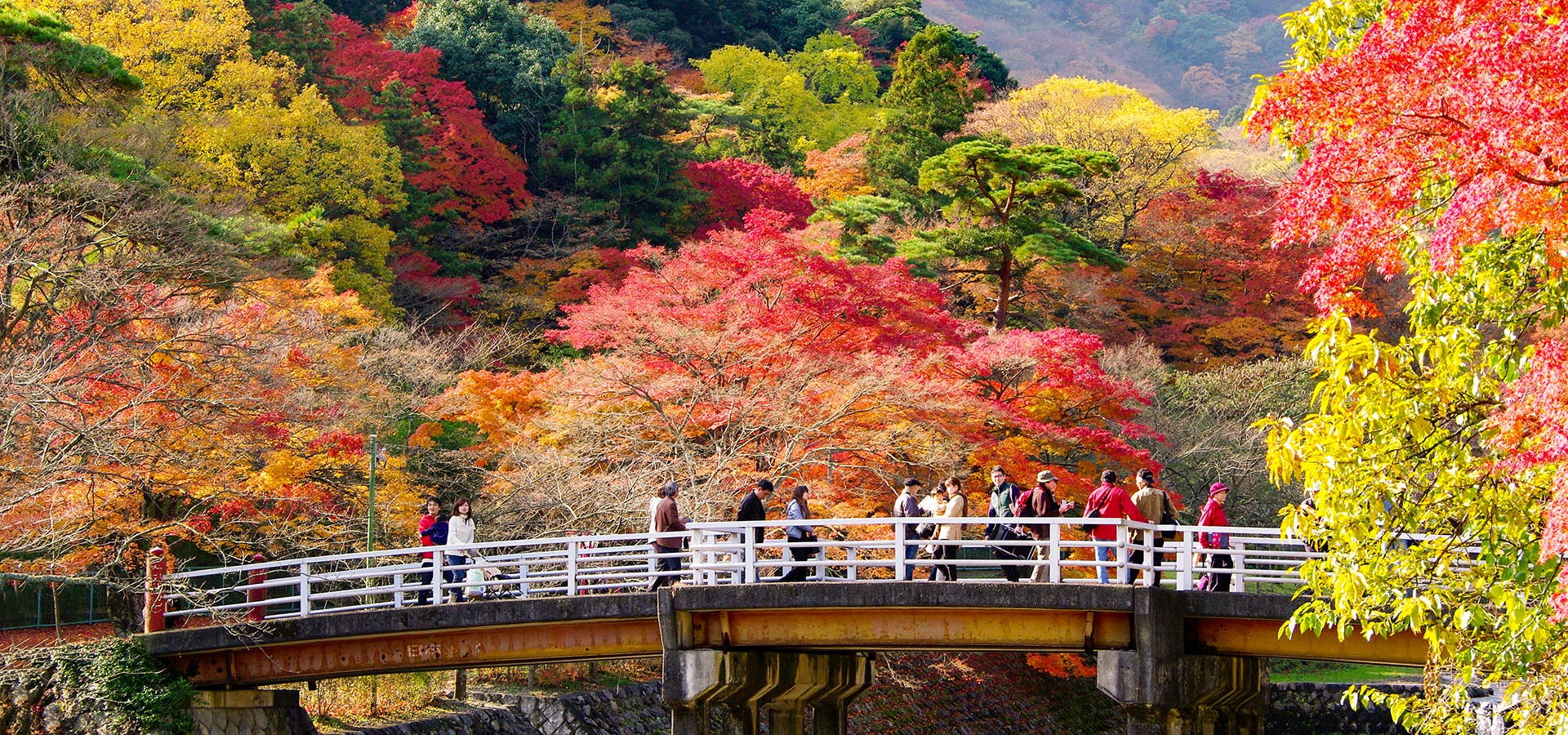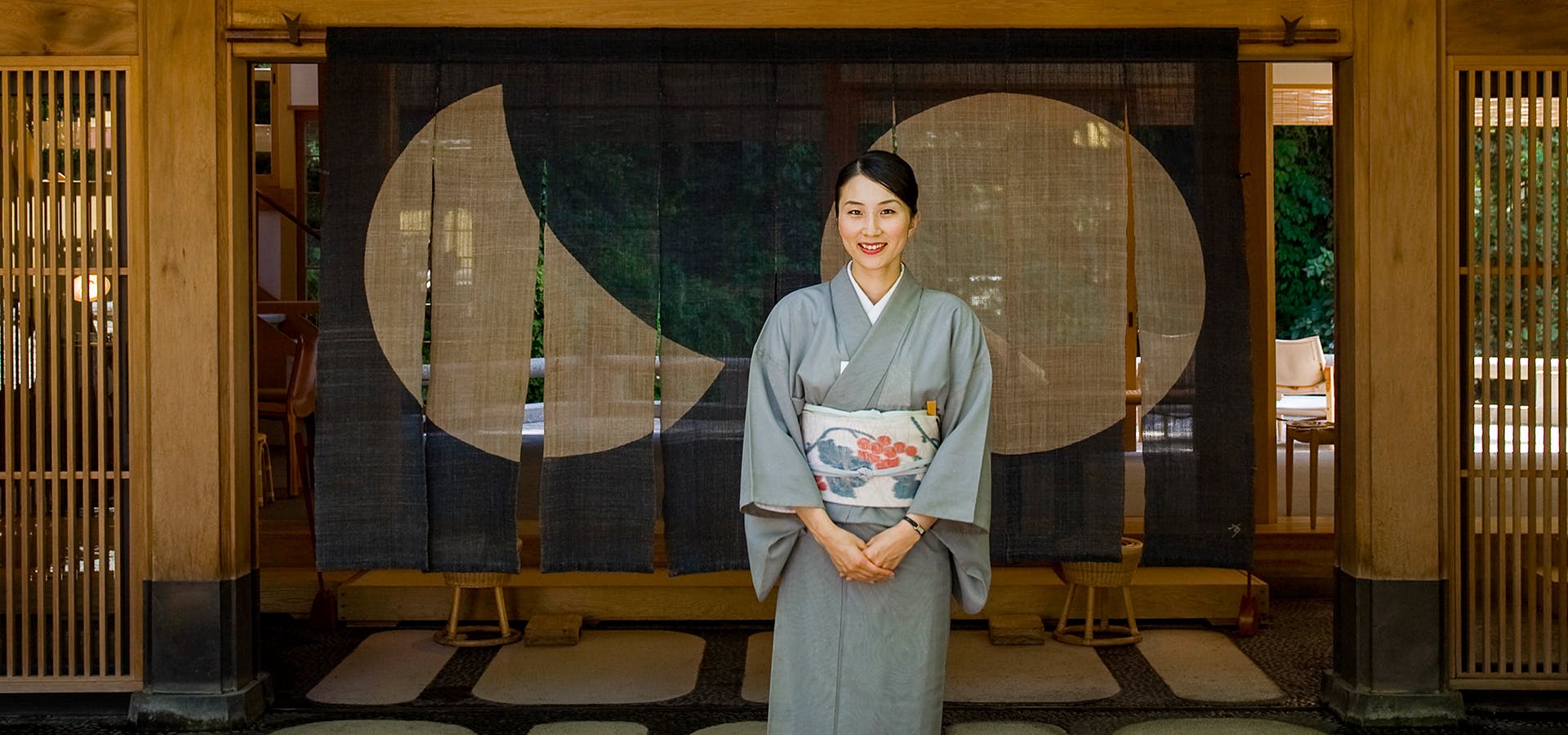Walking out the exit from Amami Airport are steps taken back in time. All the modern conveniences are on this Japanese island southwest of Kyushu but presented at that warm friendly island pace.
Days are spent exploring the natural beauty of this newly named UNESCO World Heritage island in Kagoshima Prefecture while nights give way to eating amazing sushi at Goppachi or Gintei, the latter where island superstar musician Marina Hirata often sings and plays traditional folk songs singer on her Amami-sanshin.
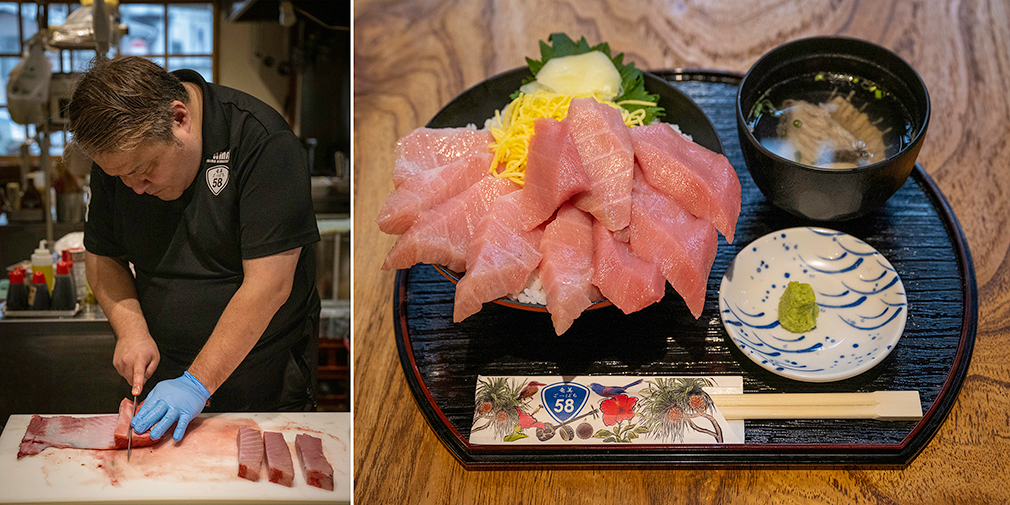
The party often continues in the music-filled shochu tasting room at the family-owned Nishihira Distillery which dates back almost a century. All fermentation is done in traditional ceramic pots buried in the floor of the distillery hall. A single stainless-steel pot still is used to distill all spirits just once and aging is done on-site in both enamel-lined tanks and oak casks. Shochu is a powerful potion so a taxi or a designated driver is the best way to come and go to this unique distillery in Naze City.
Looking for savings on international escapes?
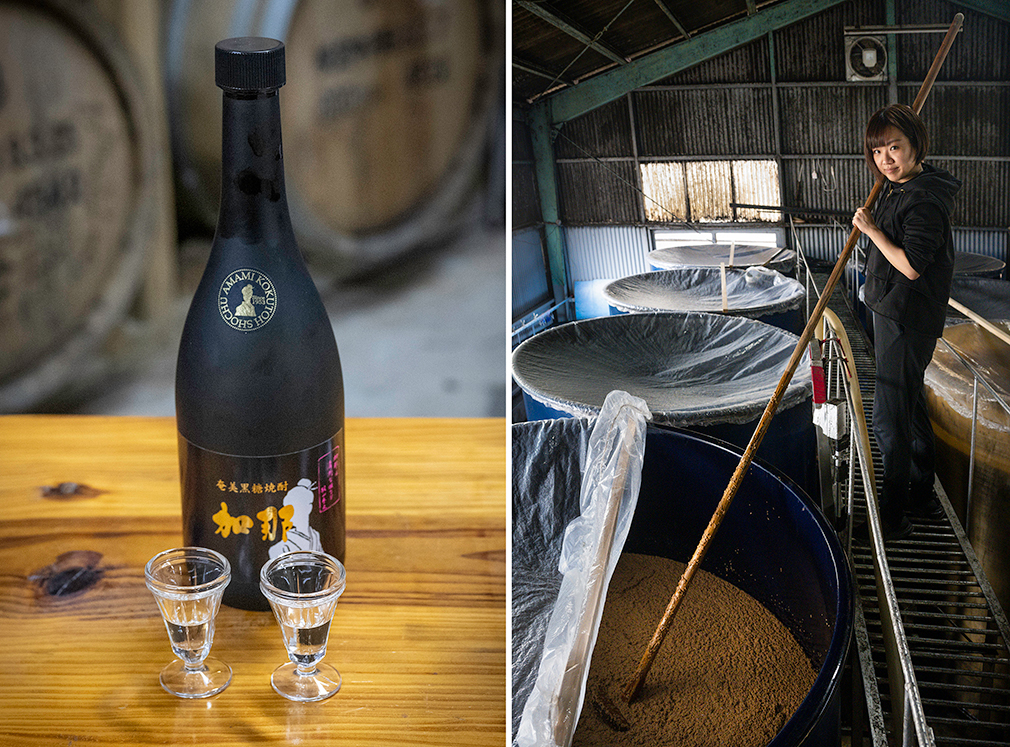
While there is a public bus system and taxi service available, mobility around the island outside the metropolitan areas is best done with a rental car, keeping in mind that vehicles are driven on the left side of the road.
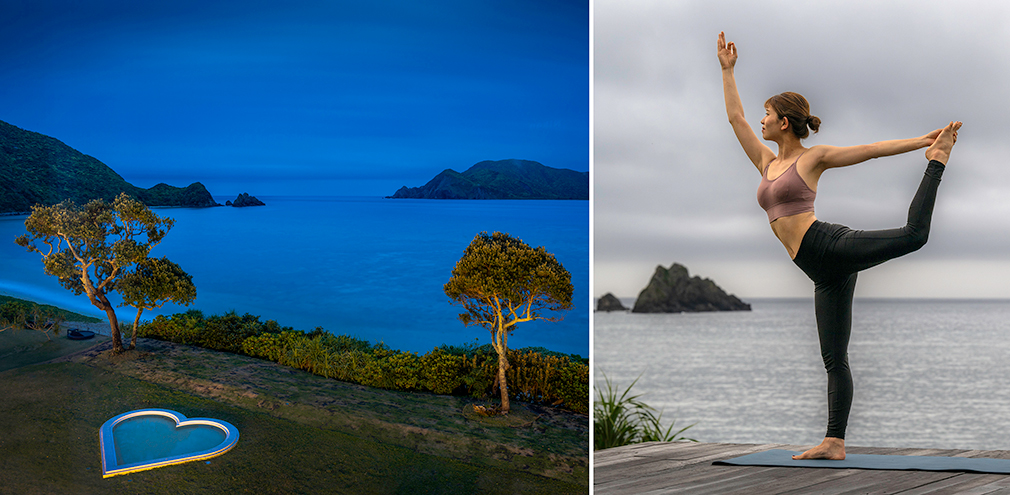
Since most flights from Narita, Tokyo or Kansai arrive during the day, there’s plenty of time to pick up a car at the airport and then head to the southern part of the island for a dip in the onsen (hot spring) with a view of the ocean at The Scene Amami Spa & Resort before dinner. An energetic way to start the day at the resort is with an early morning oceanside yoga class. The Scene can be a destination in itself for those seeking a retreat with excursions including snorkeling, scuba and other adventures bookable at the front desk.
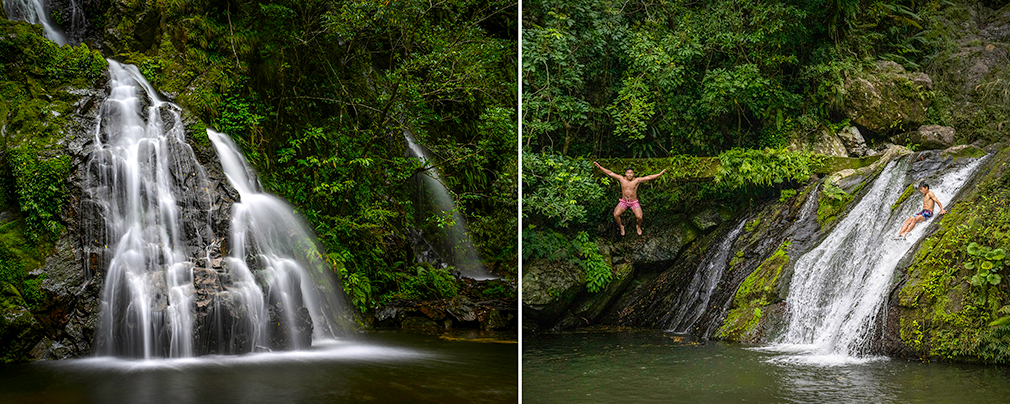
About 65 percent of Amami-Oshima, Japan’s ninth-largest island, is forested. It’s also home to the country’s second-largest mangrove. Exploring with a rented kayak is an ideal way to learn about the island’s unique ecology. A deeper dive into Amami’s ecology and culture at the nearby Amami-Oshima World Heritage Conservation Center. Among the displays are a black rabbit and a habu, a venomous snake, both endemic to the Ryukyu Islands.

Like its wildlife counterparts, the Amami culture seems closer to that of the other Ryukyu Islands than to that of mainland Japan. Examples of this connection abound with dramatic results. The mud-dyed Amami Oshima Silk tsumugi are usually ranked as one of the top three textiles in the world along with Gobelins tapestries and Persian carpets. Witnessing the classic “dorozome” dyeing by mud technique performed by Tadaki Hajime of the company Hajime Shoji near Isson Tanaka’s old house was an opportunity to experience one artist at work while channeling the creativity of another. Tanaka, who passed away in 1977, was best known for his flower and bird paintings and is often cited as the “Japanese Gauguin.” His work can be seen at Tanaka Isson Memorial Museum of Art. For those who want to better understand in detail the techniques that go into producing Amami textiles a visit to the Oshima Tsumugi Research and Guidance Center for a detailed explanation in English is well worth the visit.
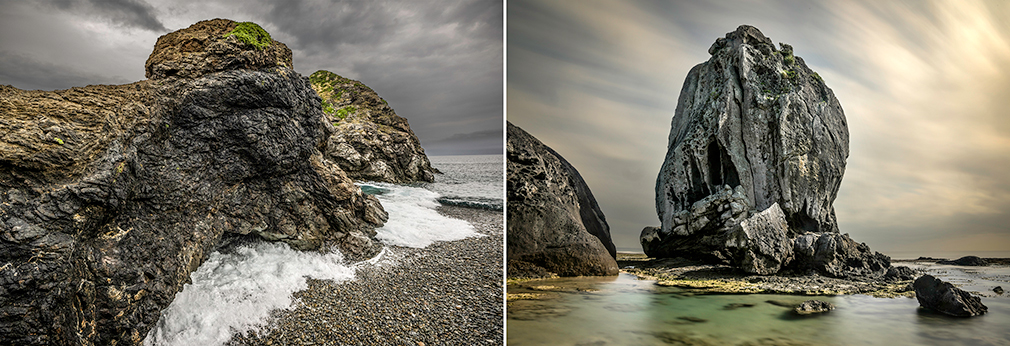
The Sun Days Hotel in the island’s commercial center is a great place to be based for an exploration of the middle of the island. For those that do, an elevator ride up to the top floor public bath with dramatic views of the ocean is a great way to start and end the day on this island paradise. The northern part of Amami-Oshima is also well worth the time for exploration with its sections of white sand beaches and dramatic reefs.
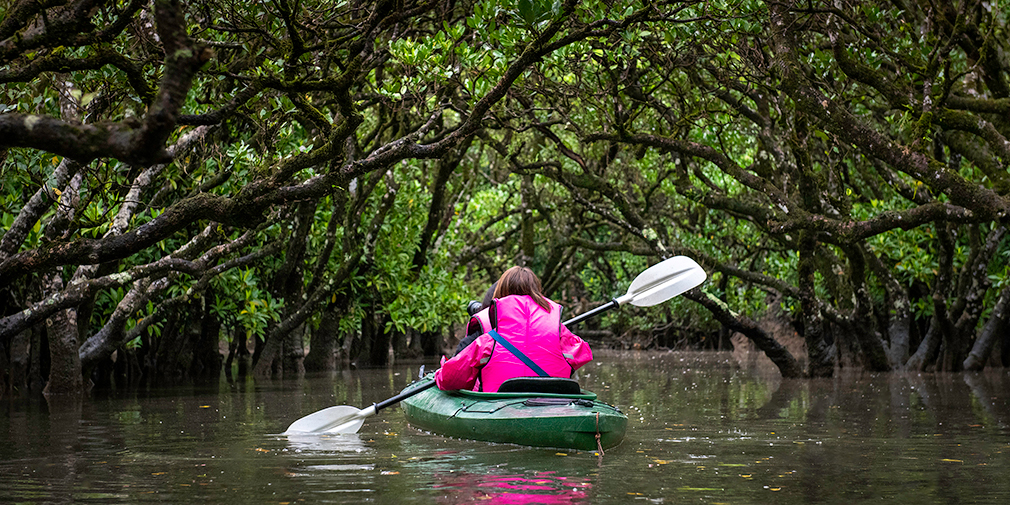
Before planning your own trip, be sure to do your homework. Government tourist bureaus are a good place to start. In the case of Amami, the Japan National Tourist Organization is a great source for information on how to get the most out of a journey to this off-the-beaten-track area of the island nation.
